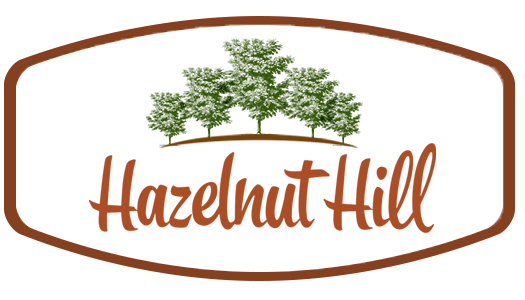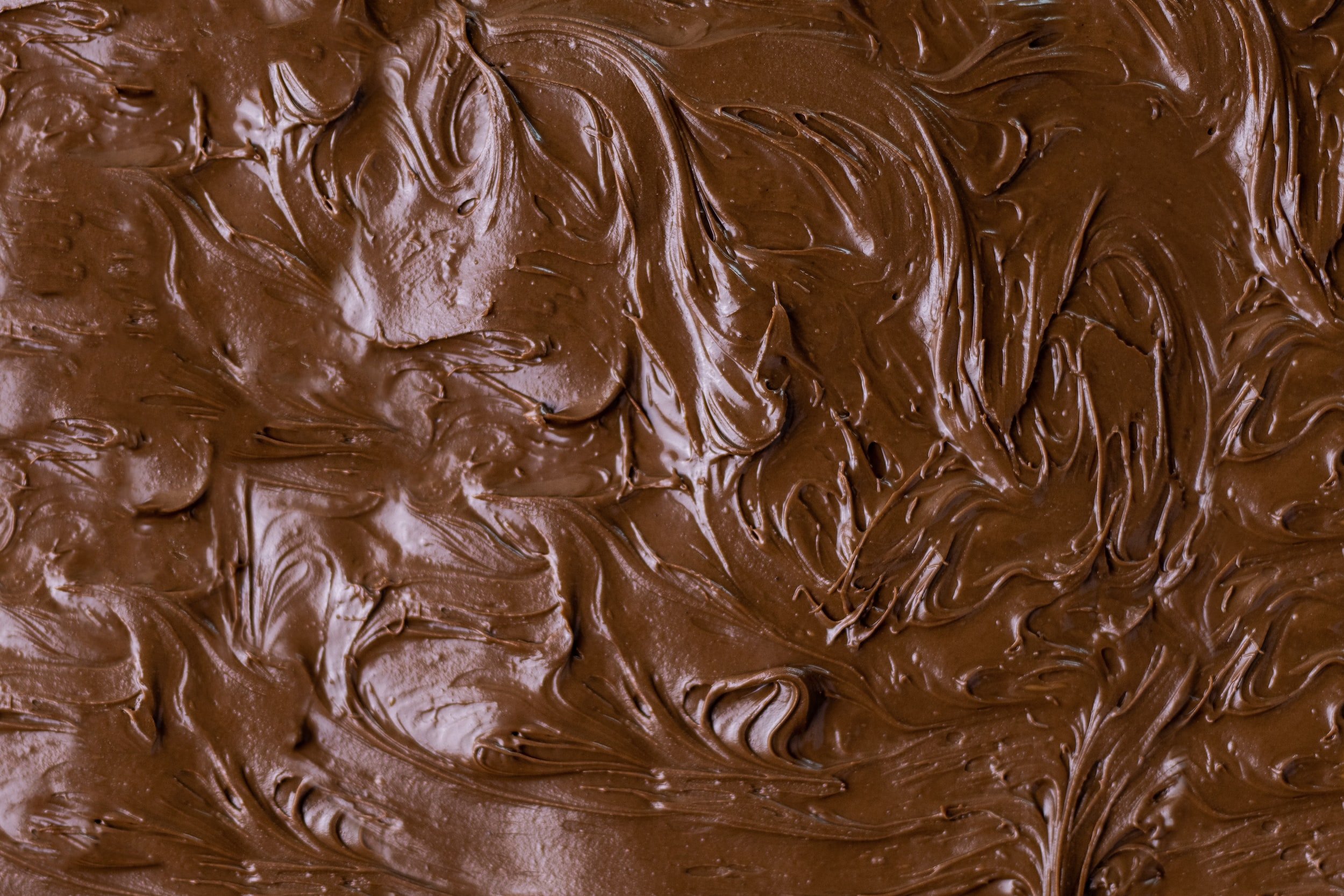History of Gianduja: Chocolate Hazelnut Spread
Chocolate and hazelnuts are kind of our thing at Hazelnut Hill with our very own Oregon hazelnut chocolates available on our online shop. But we definitely weren’t the first or the last to combine these two incredible flavors together.
History of Chocolate and Hazelnuts
The marriage between chocolate and hazelnuts can be traced back to Turin, Italy during the early 1800s.
At the time, Napoleonic France had imposed the Continental System which blocked French allies and neutral countries from trading with the British. The restriction of British goods from entering European harbors put a huge strain on cocoa supplies.
Italian chocolatiers from Turin decided to extend what little chocolate they were able to get their hands on by mixing it with the abundant hazelnuts from the Langhe hills south of Turin.
This was the birth of gianduja (or gianduia) — a sweet chocolate spread which contains about 30 percent hazelnut paste. The name gianduja comes from Gianduja, a carnival and marionette character of the time that represented a person native to Piedmont – an Italian region known for its hazelnut confectionery.
Around the mid-1800s in Turin, chocolatier Michele Prochet, is said to have perfected the gianduja mixture and is often credited for creating gianduiotto — individually foil-wrapped hazelnut chocolates that are shaped like upside-down boats.
In fact, many popular hazelnut products were invented as a response to a lack of availability of normal ingredients.
For instance, Nutella was invented during World War II when the war had created another chocolate shortage. Italian chocolatier Pietro Ferrero created pasta gianduja which was sold in a hard loaf and could be sliced to put on bread.
In 1949, he accidentally added cocoa butter to the mixture which made the paste soft enough to spread. Long story short, modern Nutella hit the market in 1964 and has been undeniably successful ever since.
Grab some of our hazelnuts and use this recipe for authentic gianduja.

